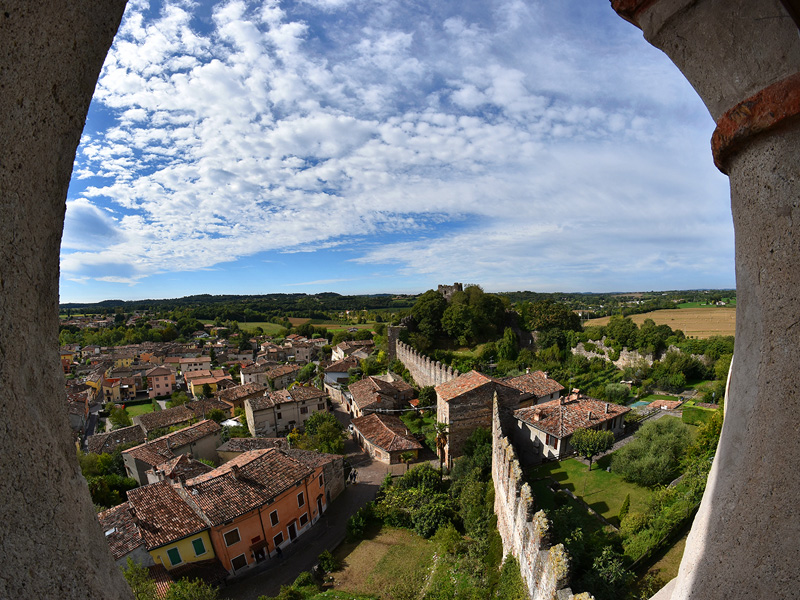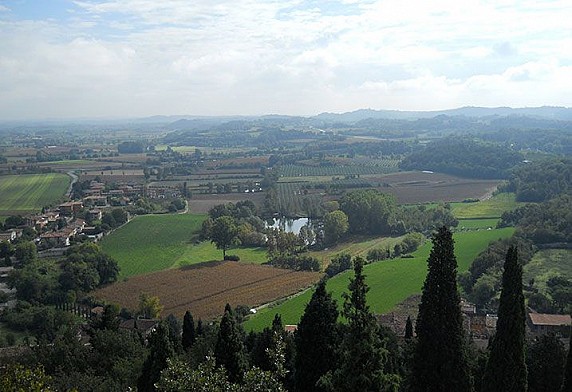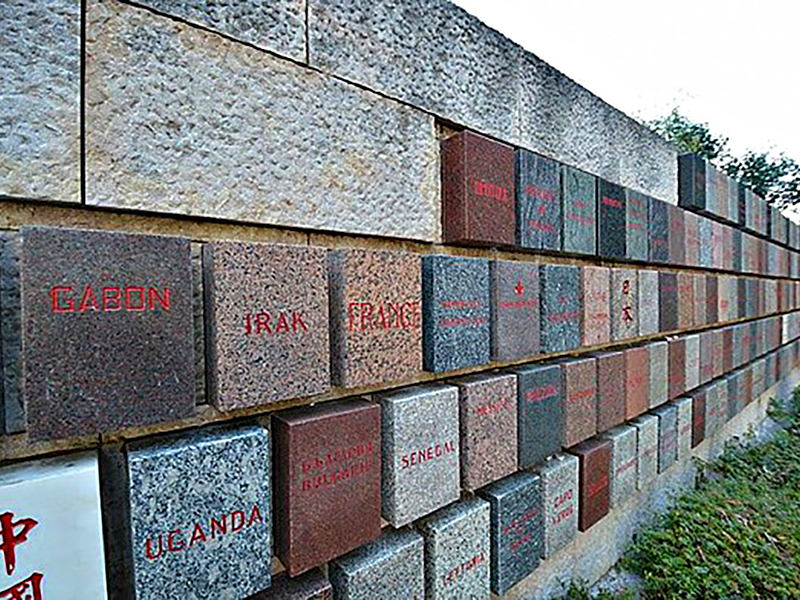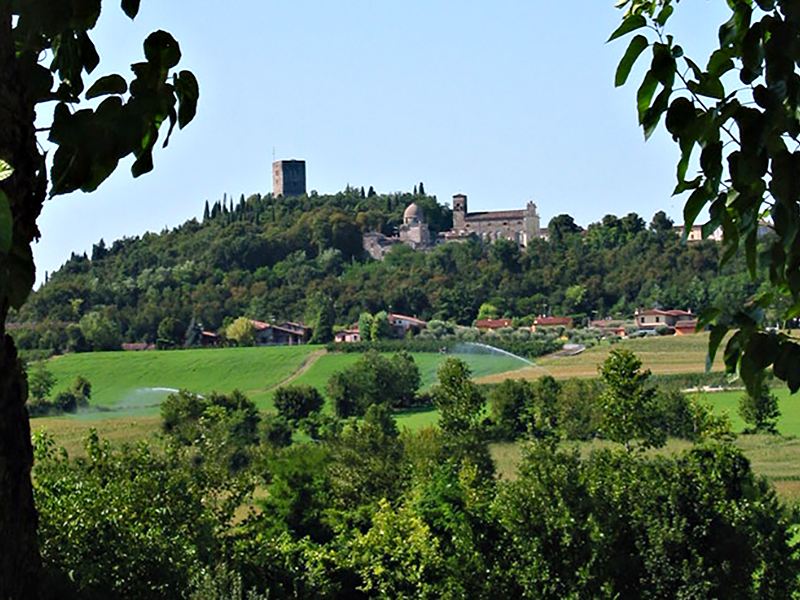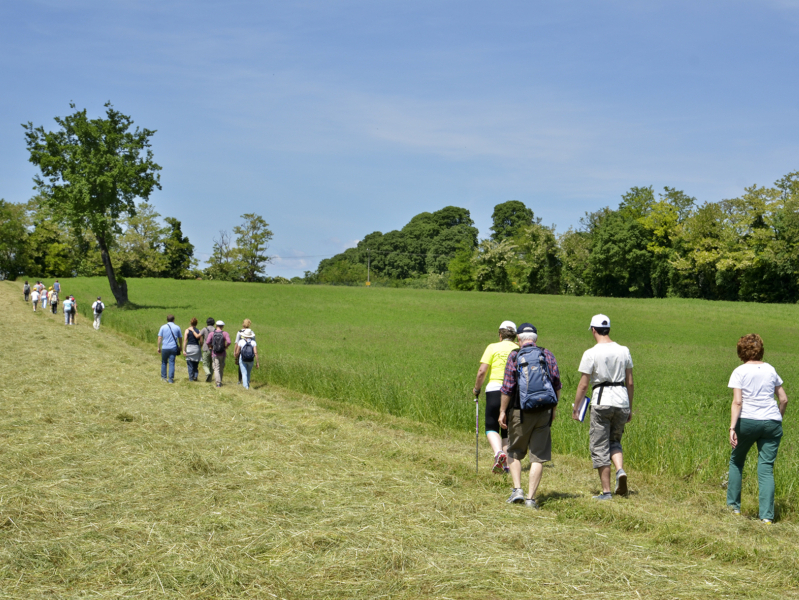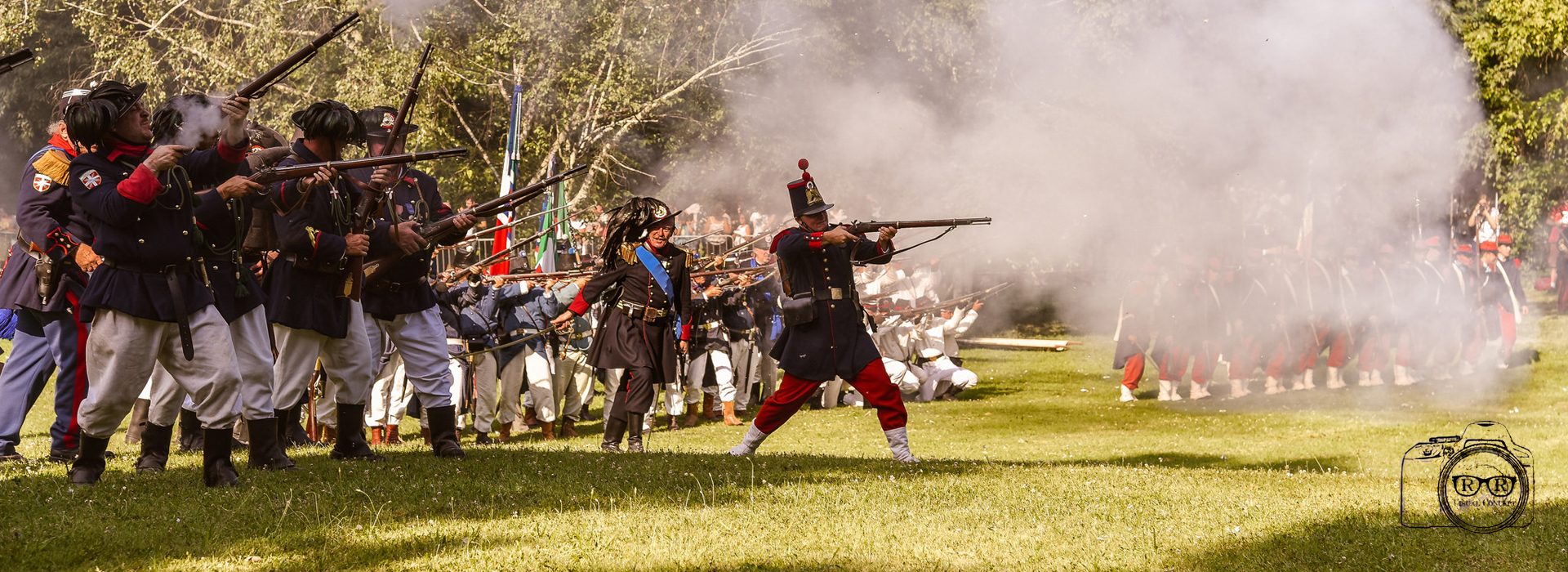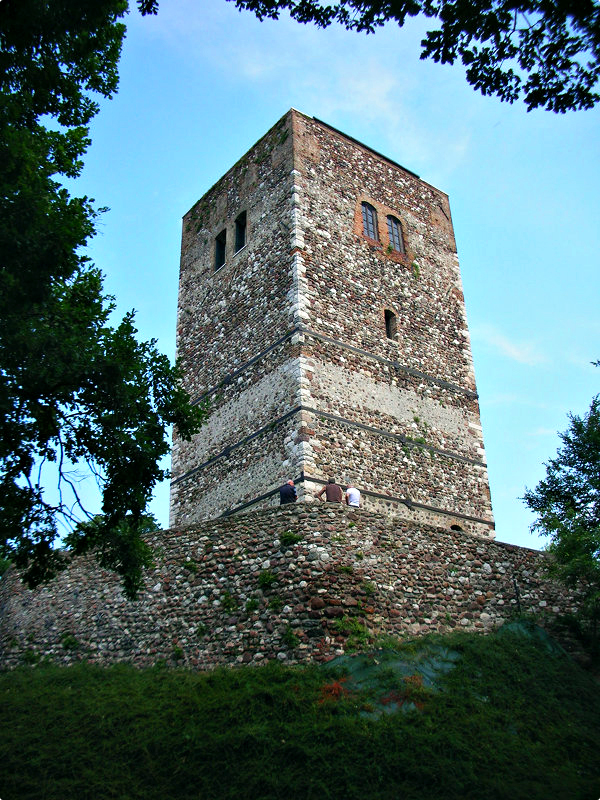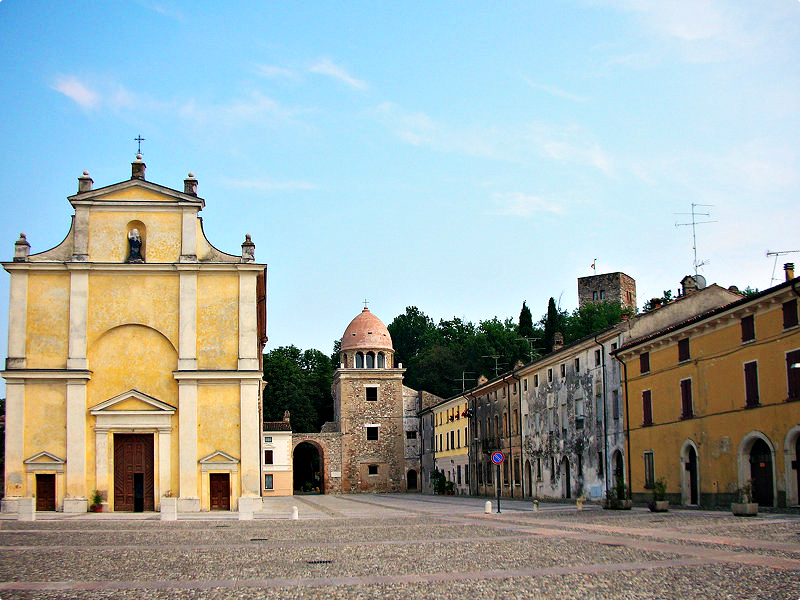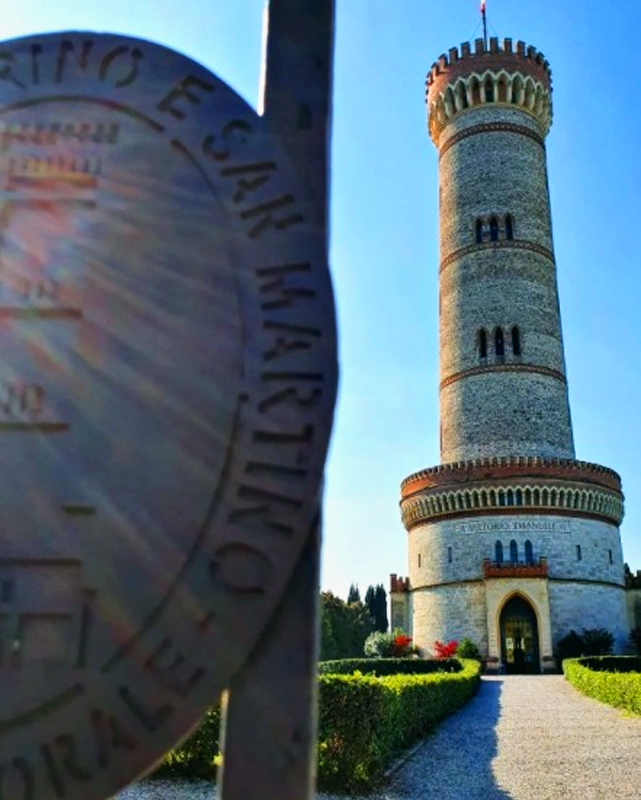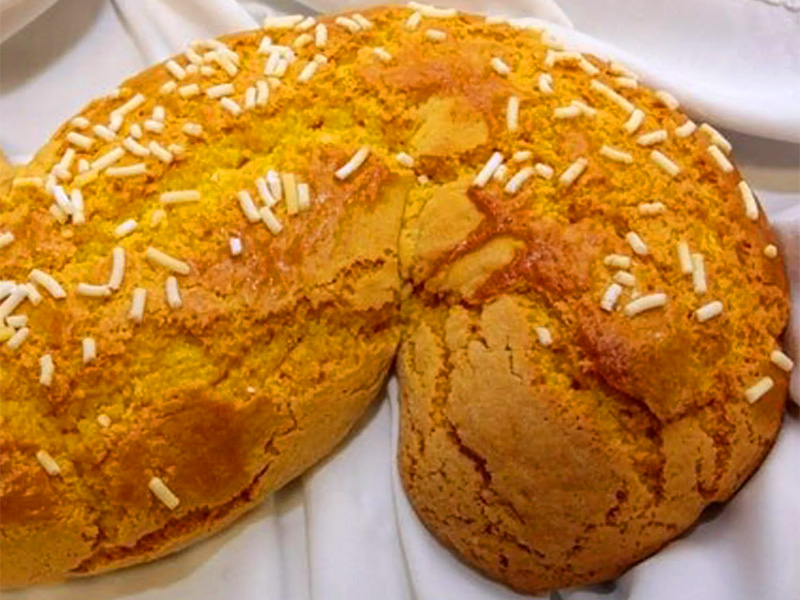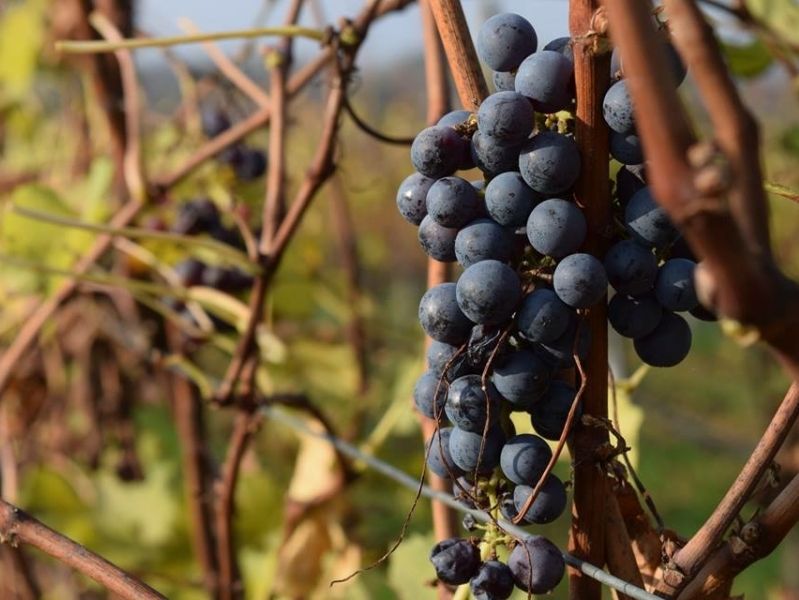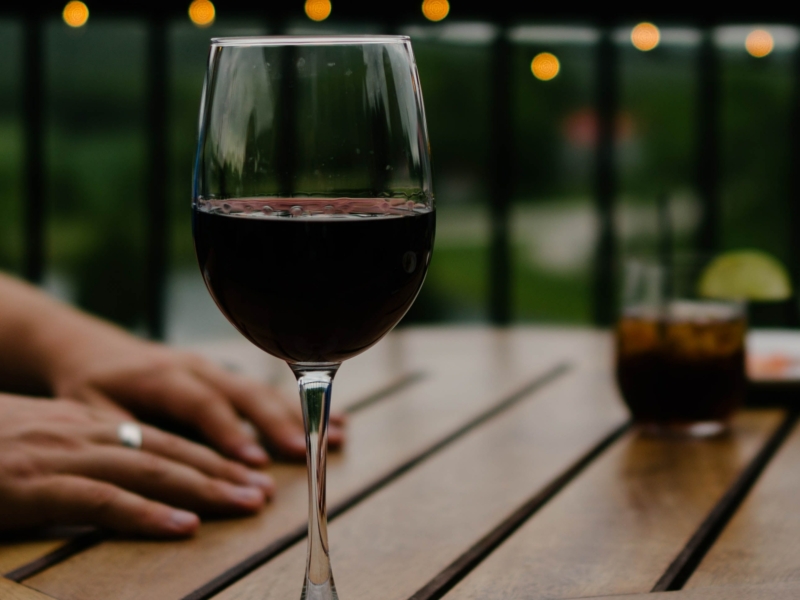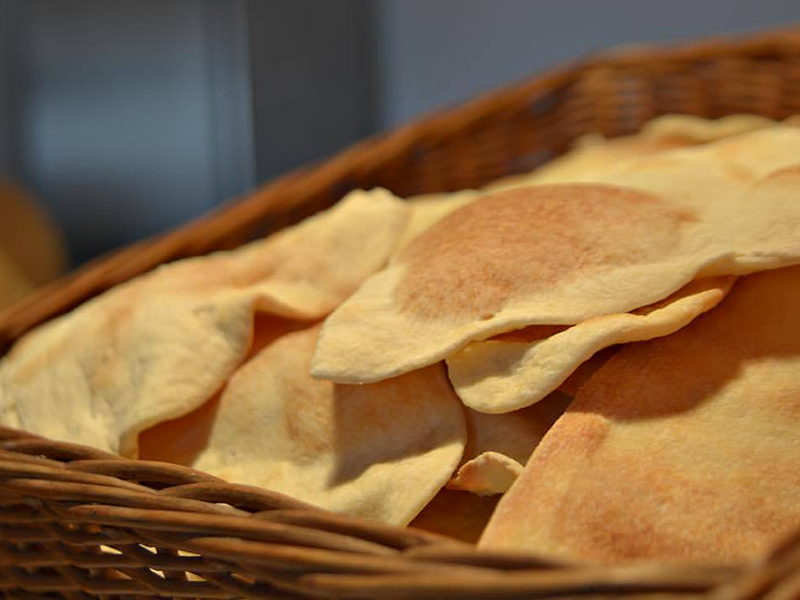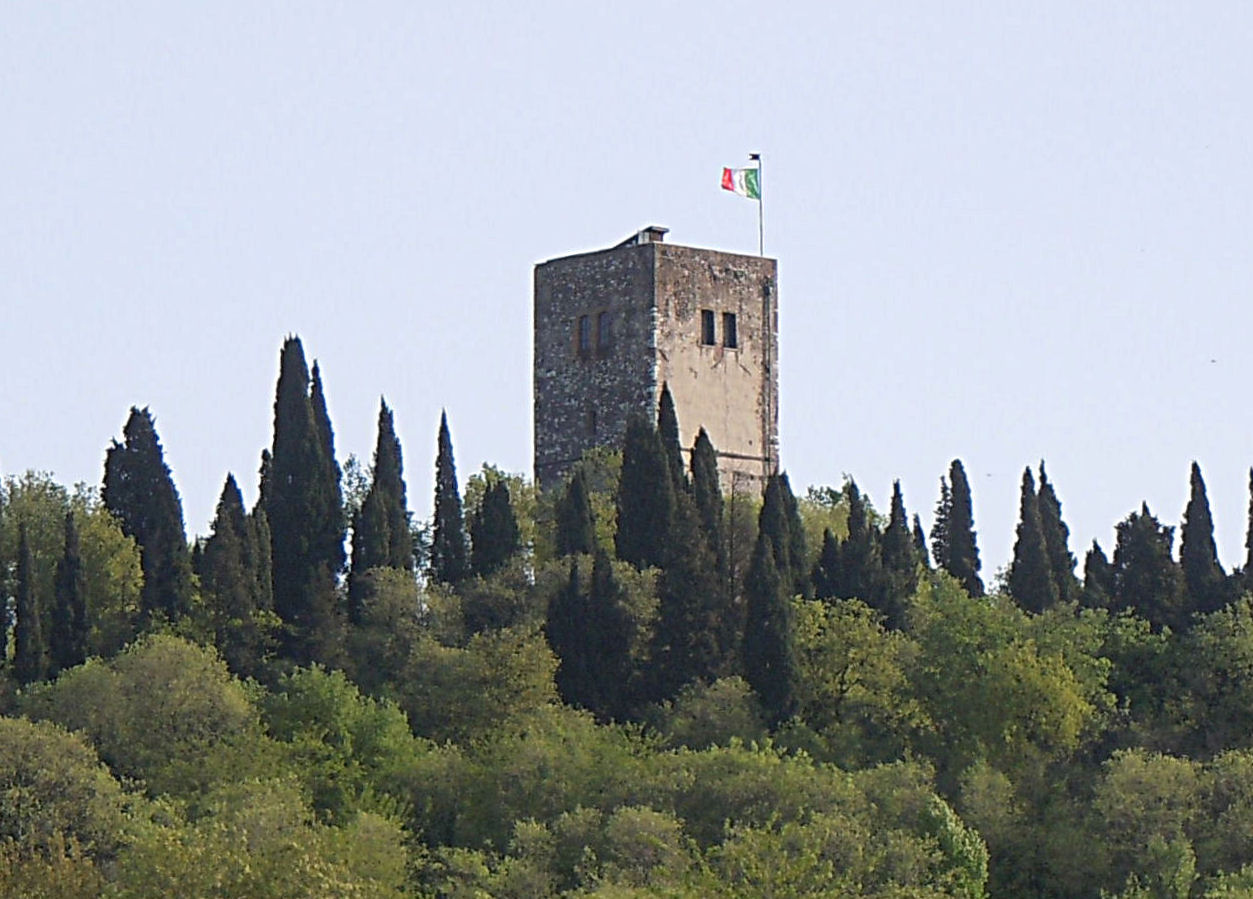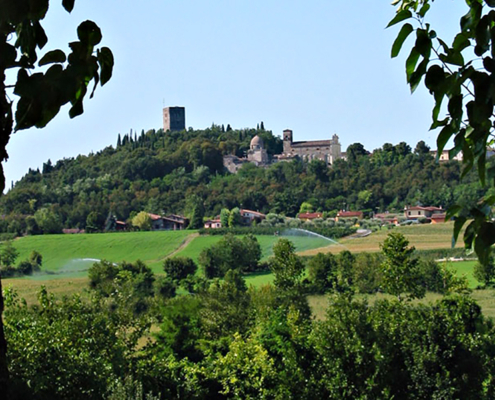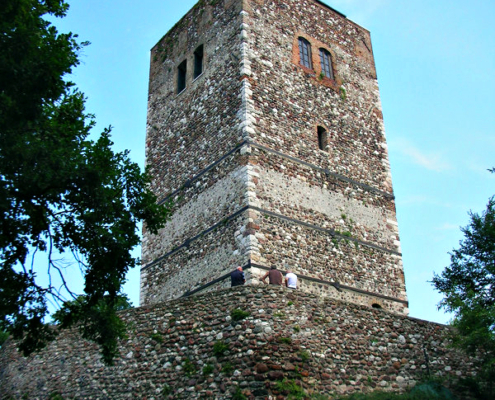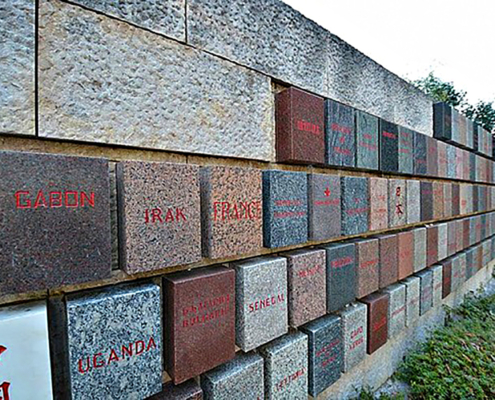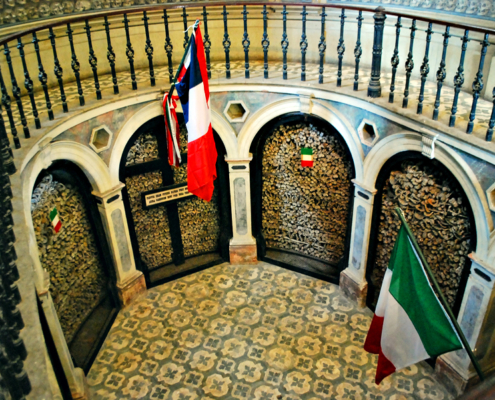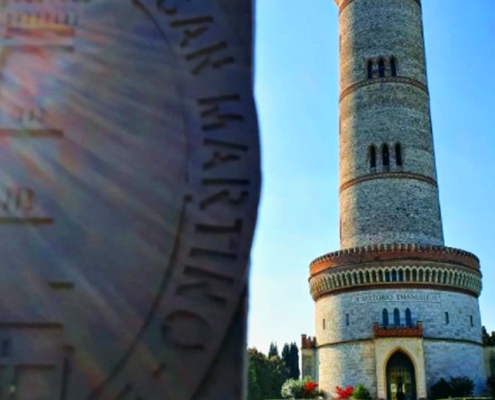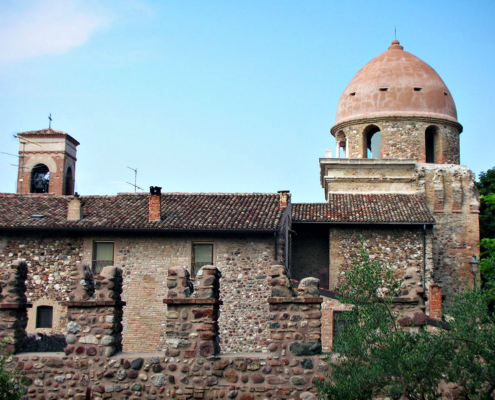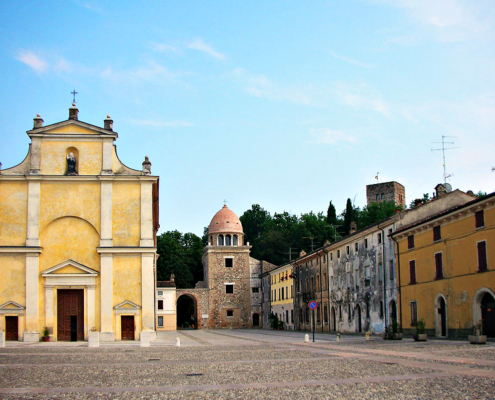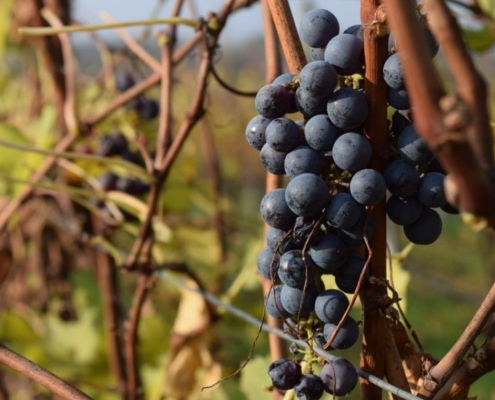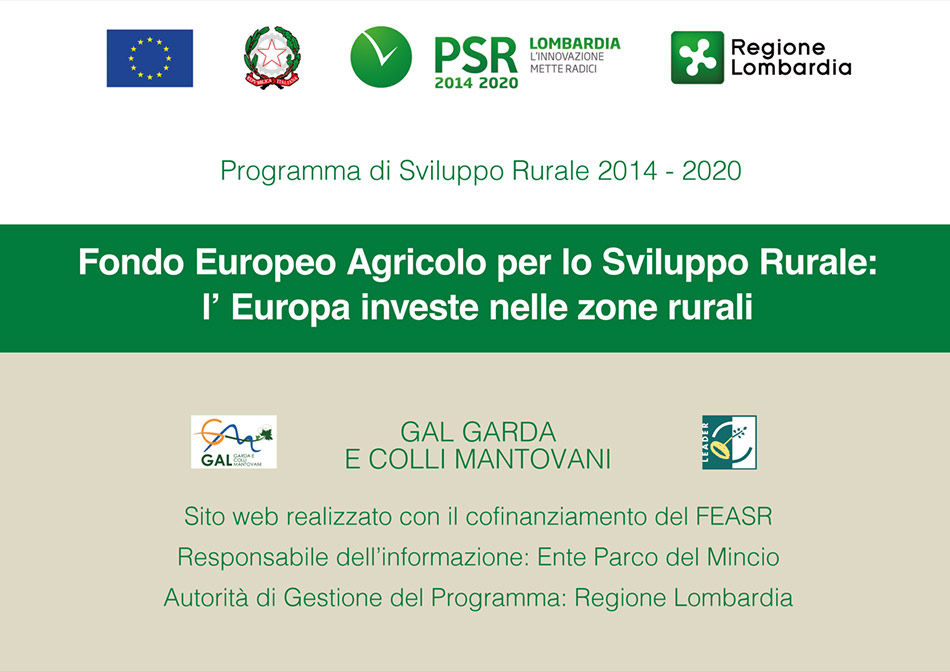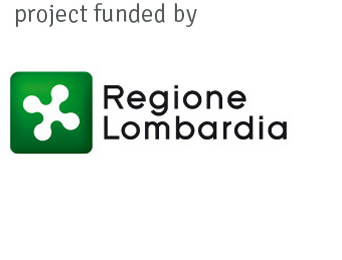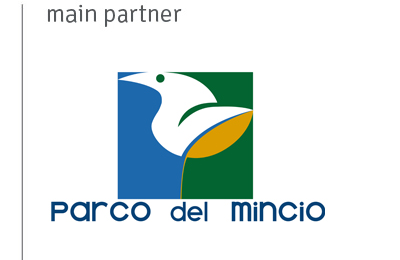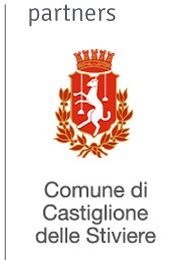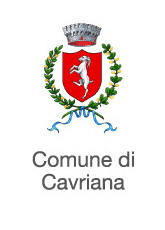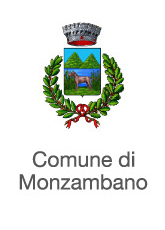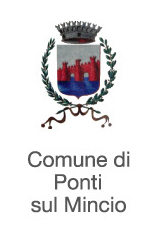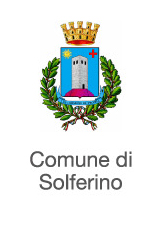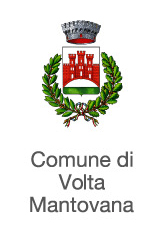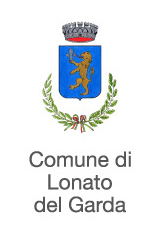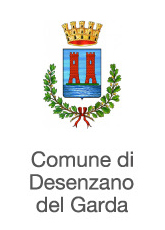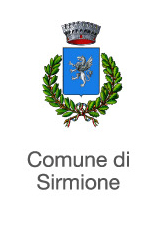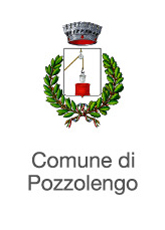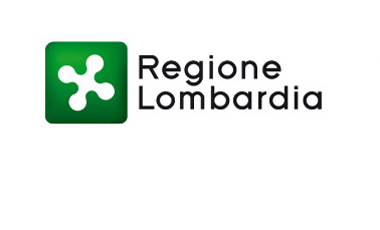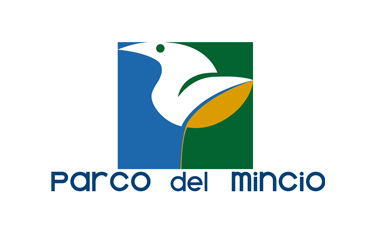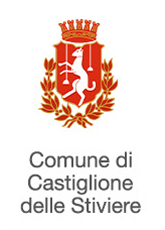Solferino
Inhabited since the 3rd millennium BC, as attested by important finds dating back to 1400 BC. found in Barche and Pozzo Catena, referable to the Polada Culture, document the presence of a settlement since the Bronze Age. The Solferino area was colonized by Etruscan and Roman populations. From the top of the hill on which the town developed, the panorama extends to the banks of Garda. Due to its strategic position, the area was included in the fines Sermionenses administrative district, whose defensive structures, in the 4th century, were overwhelmed by the Lombard advance and then restored in the Carolingian era, as evidenced by the remains of an ancient castle-shelter in the vicinity of the Rocca, inside which traces of the small church dedicated to San Michele Arcangelo survive.
In particular, the Solferini castrum and the lock located in eodem castro are mentioned in a deed of 1090 by Uberto, a Parma count allied with Matilde of Canossa. The Rocca dates back to the Middle Ages, later renamed Spia d’Italia, a military observatory that dominated the Po Valley. The fortress was the subject of massive Gonzaga interventions between 1374 and 1380. The large tower of the fortress was updated a century later, thanks to the architect Luca Fancelli. It was later Orazio dei Gonzaga di Castiglione, in the second half of the sixteenth century, who completely reconfigured the layout of the area located on the slopes of the Rocca, with the construction of a patrician residence with the contribution of architects such as Pompeo Pedemonte, Bernardino Facciotto and Oreste Vannucci Biringucci. The ancient buildings that dated back to the most ancient medieval and early medieval settlements were incorporated into the Palace-Castle area. But the name of Solferino, together with that of San Martino, is mainly linked to the memory of the decisive battle for the outcome of the Second War of Independence, fought on 24 June 1859 between the Piedmontese and French armies, on the one hand, and the Habsburg, on the other. The bodies of over 30,000 men remained on the battlefield, a carnage that inspired Henry Dunant, meanwhile stationed in Castiglione delle Stiviere, with the idea of establishing the International Red Cross. In 1870, Count Luigi Torelli, a patriot from Valtellina, established the Society of Solferino and San Martino, with the task of honoring the memory of the fallen, valorising the ideals of the Risorgimento and preserving its monuments. The Red Cross Memorial, the Risorgimento Museum, the Church of San Nicola, the seventeenth-century Church of Santa Maria Assunta, the Church of San Pietro in Vincoli with its Ossuary – which since 1870 has housed the remains of 7,000 fallen soldiers of the Austrian and Frankish armies /Piedmontese – are significant places in the history and cultural identity of this area.
Good to know
Look at the gallery
How to get
Click a TAG for similar articles
External sources
WELCOME AND HOSPITALITY
INSTITUTIONAL SITE


